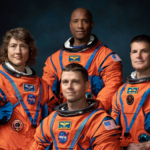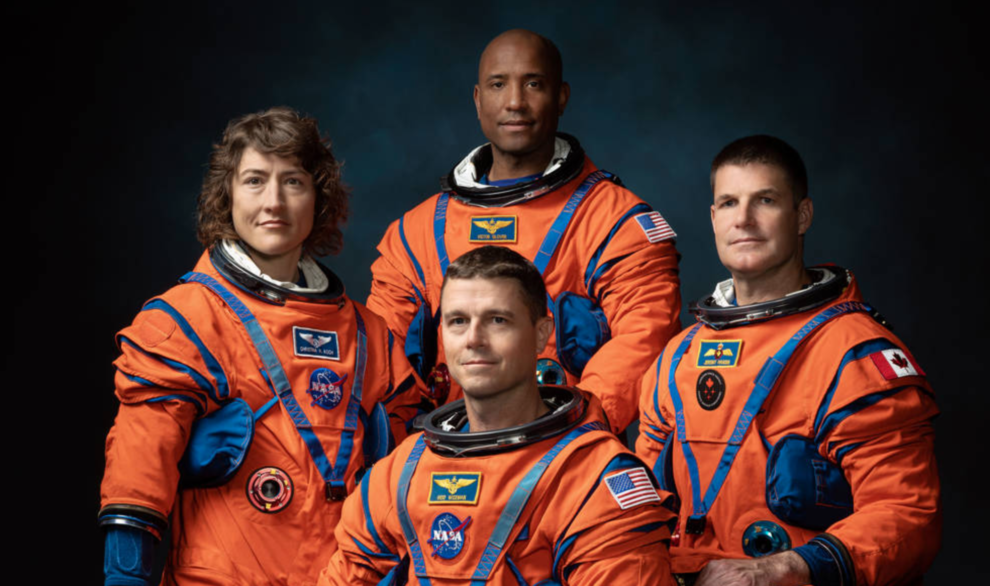Houston – NASA plans its 10-day manned moon mission with Artemis II. The space expedition will be conducted jointly by NASA and the Canadian Space Agency (CSA). NASA administrator Bill Nelson released the names of 4 members of the team that will be set on this mission. The team includes Commander Reid Wiseman, Pilot Victor Glover, Mission Specialist 1 Christina Hammock Koch from the NASA unit and Mission Specialist 2 Jeremy Hansen from the CSA unit.
The mission is an appreciative leap based on the previous un-crewed Artemis I mission that was successfully completed in December. This mission marks several records, like becoming a stage for sending the first person of color and woman on the moon. The tour will also set the path for the landing of humans on the lunar surface in the Artemis III mission.
NASA’s Artemis program is paving the way for human exploration of the Moon and beyond, with the Artemis II mission set to be a crucial stepping stone in achieving this goal. The Artemis II mission is scheduled for launch in 2023 and will be the first crewed mission to lunar orbit since the Apollo era.
The primary objective of the Artemis II mission is to test the systems and capabilities needed for human exploration of deep space. The mission will see a crew of four astronauts travel to lunar orbit aboard the Orion spacecraft, which will be launched on the Space Launch System (SLS) rocket. This will be the first crewed flight of both the Orion spacecraft and the SLS rocket.
During the mission, the crew will spend approximately 10 days in lunar orbit, conducting a series of tests and experiments designed to evaluate the spacecraft’s performance and prepare for future missions. This includes testing the spacecraft’s life support systems, navigation and communication systems, and radiation shielding.
One of the key objectives of the Artemis program is to establish a sustainable presence on the Moon, with the eventual goal of sending humans to Mars. To achieve this, the Artemis II mission will also lay the groundwork for future lunar missions, including the construction of a lunar gateway and a space station in orbit around the Moon that will serve as a staging point for future missions.
The Artemis II mission is also expected to contribute to scientific research, with the crew conducting a range of experiments and observations from lunar orbit. This includes studying the Moon’s surface and geology, as well as conducting experiments in materials science, biology, and other fields.
The Artemis II mission marks a significant milestone in NASA’s efforts to return humans to the Moon and establish a sustainable presence in space. With its focus on testing the systems and capabilities needed for deep space exploration, the mission is a crucial step in achieving this goal. It also demonstrates NASA’s commitment to pushing the boundaries of space exploration and advancing our understanding of the universe.
In conclusion, the Artemis II mission represents an exciting chapter in the history of human space exploration. With its focus on testing the systems and capabilities needed for deep space exploration, the mission will play a crucial role in paving the way for future missions to the Moon, Mars, and beyond. As we continue to explore the universe and unlock its secrets, the Artemis program and the Artemis II mission will be at the forefront of these efforts, pushing the boundaries of what we thought was possible and inspiring generations to come.









